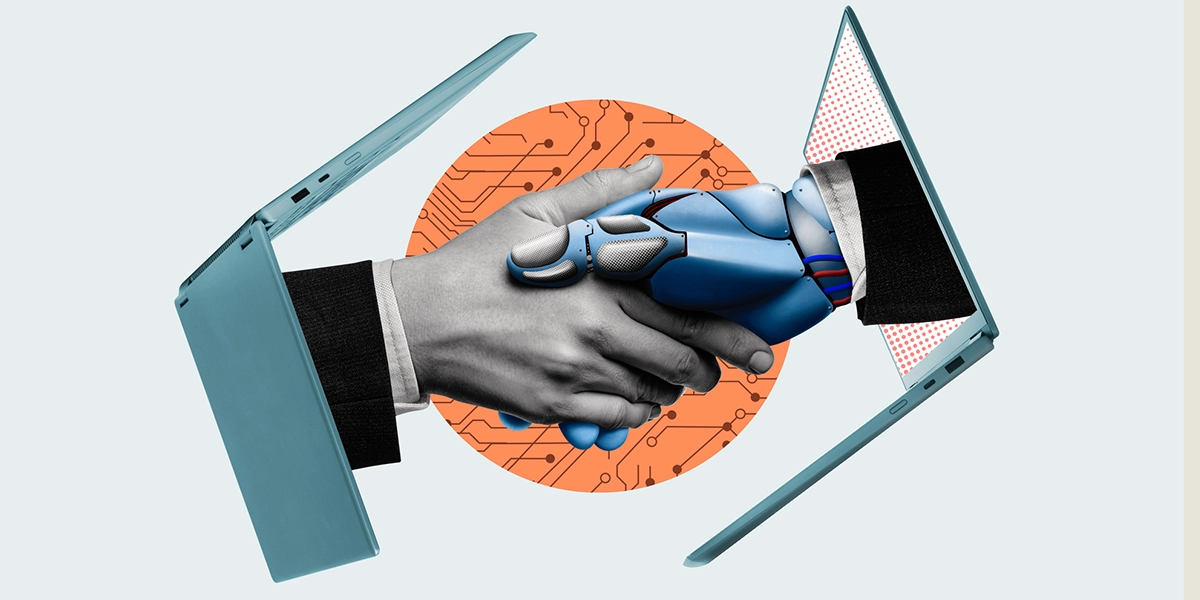Usability is one of those terms—like “love”, “torque” and “literally”—people sometimes throw around without fully appreciating its relevance or meaning. It certainly suffers a degree of overuse, if not misuse, in the marketing arena. At the same time, some companies view it as a bothersome “nice-to-have” or end-of-process afterthought.
But, as many of the most successful businesses already know, smart, strategic design drives market value. And to validate usability—to make it a reality for users and not simply a thrown-around term borne of guesswork, assumption and marketing directives—companies must employ some level of usability testing.
Usability testing measures the human value of a product or software interface. Through observation and feedback, it flags issues in the product/end-user relationship. Then, it relies on a combination of design thinking, UX best practices and good old human intuition—on the part of the design and product development teams—to fix those issues and make the final product better.
The Usability Principle
What is “usability”?
According to NN/g, a UX certification provider:
Usability is a quality attribute that assesses how easy user interfaces are to use. The word “usability” also refers to methods for improving ease-of-use during the design process.

NN/g goes on to specify 6 key components of Usability:
- Learnability: How easy is it for users to accomplish basic tasks the first time they encounter the design?
- Efficiency: Once users have learned the design, how quickly can they perform tasks?
- Memorability: When users return to the design after a period of not using it, how easily can they reestablish proficiency?
- Errors: How many errors do users make, how severe are these errors, and how easily can they recover from the errors?
- Satisfaction: How pleasant is it to use the design?
- Utility, which refers to the design’s functionality: Does it do what users need?
Usability, then, is an abstract concept wrapped around some concrete, measurable, experiential concepts:
- Did the user accomplish their desired task?
- How long did it take to accomplish the desired task?
- How many times did the experience force the user to backtrack?
- Did the user, at any point, have to start over entirely?
- Was the experience enjoyable?
It’s easy to see how a product with high usability might enjoy a market advantage over competitor products with lower usability.
It’s easy to see how a product with high usability might enjoy a market advantage over competitor products with lower usability.
Impacts of Poor Usability
To put an even finer point, let’s consider our own experiences with usability—specifically, those times we’ve encountered a website, application, kiosk or other interface and said, “Who did this? What is happening, and why is it happening to me?”
On the less-negative side, we might encounter an interface design so bleak or overly-plain we wonder if it’s a finished product at all.
Another interface design might look like it was finished… ten to fifteen years ago. Outdated interface design causes users to wonder if the company behind it cares at all about the business the user is trying to give them, or if said company is still in operation.
At the other extreme, maybe we remember a landing page with a vast array of jumbled and uncategorized choices.
Or a phone menu demanding we click five different times just to pay our bill (and forcing us to wait through long spoken messages along the way).
Maybe you’ve dealt with a printer whose Wi-Fi interface demands you log on every time you run a new document.
Or a company website where the contact link isn’t on the Contact page but buried among legal disclaimers somewhere else.
Imagine a B2B situation in which a manufacturer provides new and unfamiliar diagnostic tools to the field. Here, interface redundancies create confusion and impede task completion.
Thoughtless design has wide negative effects, especially in the world of new and complex software applications where a level of intuitive interaction will literally make or break a product.
In each case above, we’re tempted to abandon whatever task brought us there in the first place. We may completely give up, or return the item and walk ourselves to the nearest competitor.
Good usability testing helps identify and eliminate these potential issues, enhancing ease-of-use and tipping the balance between product adoption and end-user abandonment.
SO, JUST DESIGN FOR USABILITY… RIGHT?
If usability matters that much, why not simply ask a product’s developers to ‘design for usability’? It sounds simple enough.
Unfortunately, it’s a little more complicated than that. And to dissect the reason why, we’ll need to take two quick detours.
Detour #1: Different Types of Human Intelligence
First, let’s grapple with the fact that different human beings bring different gifts to the table. One Harvard psychologist identified 8 distinct classes of human intelligence: Spatial, Bodily-Kinesthetic, Musical, Linguistic, Logical-Mathematical, Interpersonal, Intrapersonal and Naturalistic. (Other authorities have identified 12 or even more.)
It’s virtually impossible—statistically speaking—to find one individual with high aptitudes in multiple opposing categories.
And that’s fine. When we go to the symphony, we want to see individuals with high musical intelligence. We’re not bothered if the virtuoso piano soloist doesn’t also have unnaturally high intrapersonal skills. We just want to hear them play the piano. Likewise, it might not concern us that our home team’s star quarterback is terrible with house plants.
Each ‘type’ of intelligence has its place, and all are necessary in making the world go ‘round.

But the technicians and engineers required to create a complex piece of software or mechanical device may not possess the totally separate intellectual capacities needed to also render that product usable, intuitive or aesthetically pleasing. It’s a separate skill, a different form of intelligence.
Detour #2: Human Imagination in the Midst of Project Immersion
Likewise, it might be challenging for a dedicated product team to envision—entirely in a vacuum—the frustrations an end-user might encounter when they interact with this product that’s been on the development table for the last 18 months.
You’d need a pretty vivid imagination, not to mention a crystal ball, to anticipate every possible end-user difficulty.
Sometimes it’s necessary to step back, see how a product behaves in the wild, and gather some impartial feedback.
That’s where usability testing comes in.
USABILITY TESTING
Usability testing puts a product into the hands of the end user and observes—in real-world or simulated real-world circumstances—the interaction taking place.
Users are asked to complete fundamental tasks. UX specialists track their movements, gathering feedback along the way and at the end of the session.
The findings reveal surprising things about the product experience, details not at all apparent during the product’s concept and construction phases:
Teams may discover opportunities for subtle improvements with far-reaching beneficial effects.
Avoidable points of user frustration may emerge.
Common use patterns might break the product.
User testing may show that the product fails to provide sufficient utility for the user, while suggesting one or two adjustments that eventually make it a best-seller.
User testing may show where a product fails to provide sufficient utility for the user, while suggesting adjustments that make it a best-seller.
Teams may even identify ways to streamline and simplify the product while drastically improving its usability.
And, in meaningful real-dollar terms, proper usability testing ensures less challenge on the end user side. This results in lower post-purchase customer support costs.
WHY USABILITY TESTING MATTERS (AND WHY NOTHING IS READY UNTIL IT’S BEEN TESTED)
One computer company—you may have heard of them—based their entire brand (and long-range success) on principles of usability.
And even if that company’s founder famously dismissed usability testing as the only guidepost to strong user experience design, he nevertheless thought it valuable enough to conduct, and (contrary to myth) relied on it as a key data point.

A worthwhile side note on this last point: Steve Jobs’ often-stated belief, “People don’t know what they want until you show it to them,” exists in a frictionless vacuum without some deep understanding of user habits, frustrations and behavior patterns. To quote another old adage, you have to learn the rules before you can break the rules. And “learning the rules” brings us back, full circle, to the value of usability testing.
These concerns prompted Walmart to create its Luminate service. A subscription-based insights platform, Luminate gets manufacturer products into the hands of actual consumers. These consumers perform real-world user testing on various products and provide feedback on their experiences, feedback which then informs UX, UI and other design adjustments.
Whether usability testing is seen as a North Star or, as in Jobs’ case, one valuable data point of many to be processed and reformulated by lateral human ingenuity, those companies that prioritize usability—and are willing to test for it—demonstrate the strongest desire to bring great products into the world.
And it’s these companies, ultimately, who find the greatest success.




